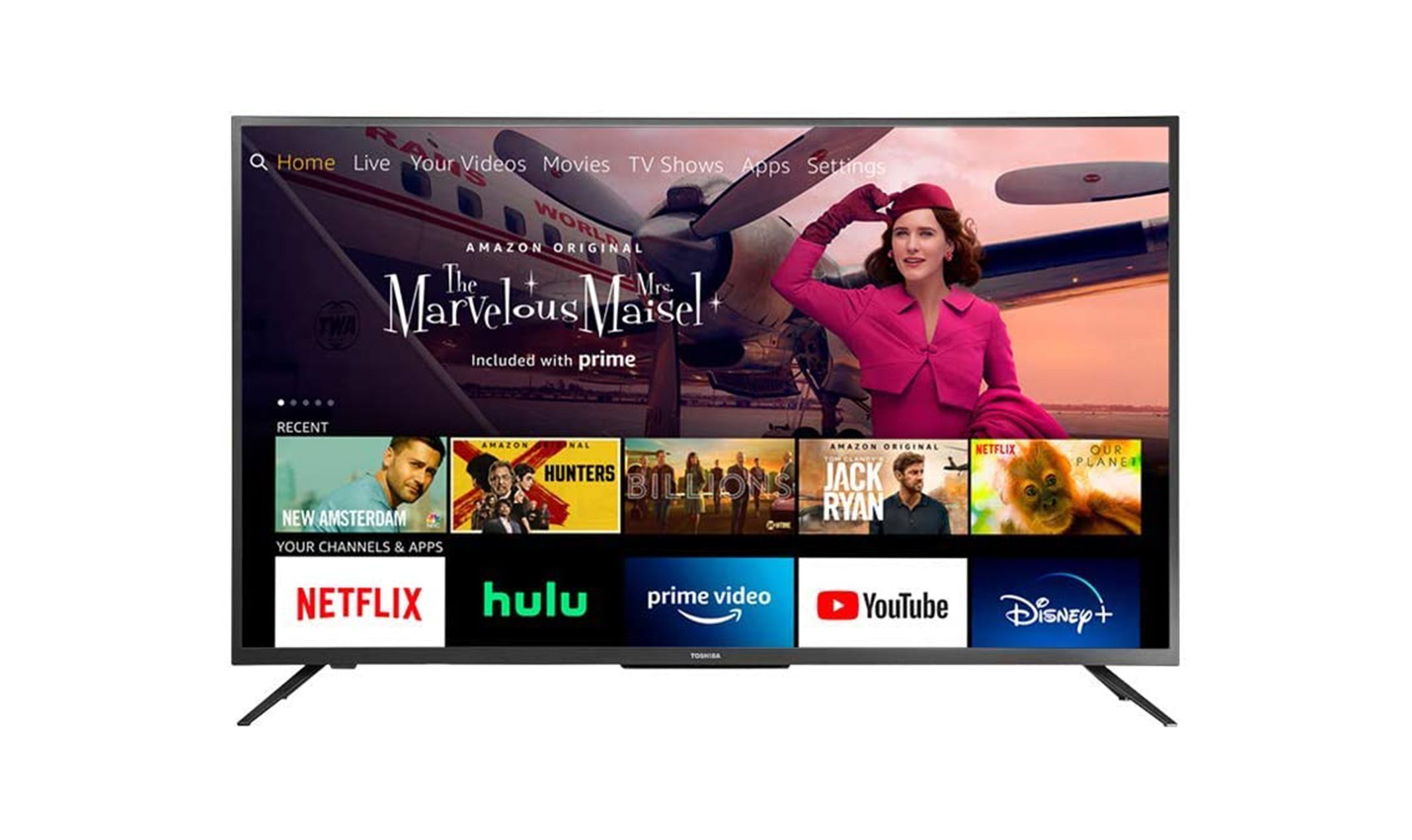
Basics of Connect TV (CTV)
Sunday 12th of December 2021 05:29 AM
The Basics of CTV (Connected Television) Advertising
All you need to know about using connected TV into your omni-channel marketing mix with confidence.
OTT and CTV – What’s the Difference?
CTV (Connected TV) advertising has grown dramatically over the years and is expected to reach $27 billion by 2025. Due to CTV's remarkable success, it always stays at the top of marketers' heads. Often the words OTT and CTV are used interchangeably, while they both are two different things. To stay in the game, one must know the basics, especially the lingo of the field.
Here are a few differences that one must keep in mind while using the terms OTT and CTV and also including them in their marketing mix strategies.
OTT (Over The Top): OTT refers to the platforms where video content is displayed and delivered via ‘Over The Top” rather than cables or satellites to the viewers. The content broadcasted via OTT Platforms can be watched on mobiles, laptops, desktops, or any connected devices.
CTV (Connected Television): A subset of OTT (Over The Top), CTV refers to the device that you are using to watch your content. It blends the delivery mechanism with the watching experience on the home’s largest screen.
Simple Example of OTT VS CTV
For example - when you are watching Hulu on your phone, you are watching over-the-top content but when you are watching Hulu on your television through a connected device then that is called CTV i.e. streaming OTT content via CTV.
Recognizing the landscape of connected TV advertising
The current CTV advertising landscape may be rather confusing, with so many devices, streaming services, purchase techniques, and ad tech platforms to consider. Let's start with the basics and break it down layer by layer.
- CTV Devices: A CTV (connected TV) is a video content streaming device that connects to or is built-in television. PlayStation, Xbox, Roku, Amazon Fire TV, Smart TVs, Apple TV, and other CTVs are available.
- Streaming Services: An online provider of entertainment (music, movies, etc.), streaming services send content to a subscriber's TV, computer, or smartphone over an Internet connection. Netflix, Hulu, Amazon Prime Video, Peacock, Disney+, Apple TV+, and Roku are all popular streaming services.
- AVOD vs. SVOD: AVOD (Ad-supported video on demand) is a cheaper alternative to SVOD (Subscription Video on Demand) (such as Netflix) because they charge a monthly subscription fee.
How are CTV commercials purchased and sold nowadays?
CTV commercials can be sold either directly, through manual discussions between people, or programmatically, through software that automates the purchasing and selling process. Advertisers may utilize either (or both) for a variety of reasons, but the following are the key advantages of each:
- Advantages of Direct Buying and Selling: Buying and selling directly allows advertisers to pre-negotiate fixed ad prices. Furthermore, advertisers can employ a targeted content strategy and define where they want their adverts to appear, ensuring brand safety.
- Advantages of Programmatic Buying and Selling: Programmatic technologies allow marketers and publishers to purchase and sell inventory in real-time, giving them more flexibility. It also provides for real-time measurement, allowing advertisers to better follow campaigns and make in-flight adjustments, ensuring that each campaign is running at maximum efficiency. Finally, programmatic technology provides marketers with improved targeting capabilities and scalability, allowing them to be more exact about who they contact while also reaching a larger number of individuals.
In programmatic CTV advertising, who is involved?
Many ad tech partners, including demand-side, supply-side, data management, and evaluation partners, may be involved in the programmatic purchasing and selling of CTV advertising. With so many options, it's critical to think about the following factors when vetting ad tech partners:
- Do they have any connection to the media?
It's important to collaborate with partners who aren't prejudiced towards any certain media company. Collaborate with independent partners who make decisions solely to further your campaign's objectives.
- Do they value and consider brand safety and transparency? Transparency and trust are critical in a privacy-first world. Do you know what you're purchasing, where your ads are displayed, and how much you're paying for them? Can companies ensure media quality through interfaces with major measurement suppliers, given that ad fraud is a concern?
- Can they navigate through the technical difficulties of CTV advertising with confidence?
You need professionals you can trust to help you manage creativity, activate ads, and measure the effect with dozens of devices, altering specs, and digital developments emerging every month. It's critical to collaborate with partners who specialize in television and video.
- Do they have the capability for omni-channel advertising?
Find partners who can help you manage ad experiences across all channels, platforms and devices — including walled gardens — so you can accomplish more with less.
Bringing CTV's greatest potential to life
Despite the exponential rise of CTV advertising, there are still a lot of untapped opportunities. Marketers will be able to maximize reach, fully utilize advanced creative features, and unleash the entire potential of the home's largest screen as their confidence grows and they allocate more media money to the channel.

